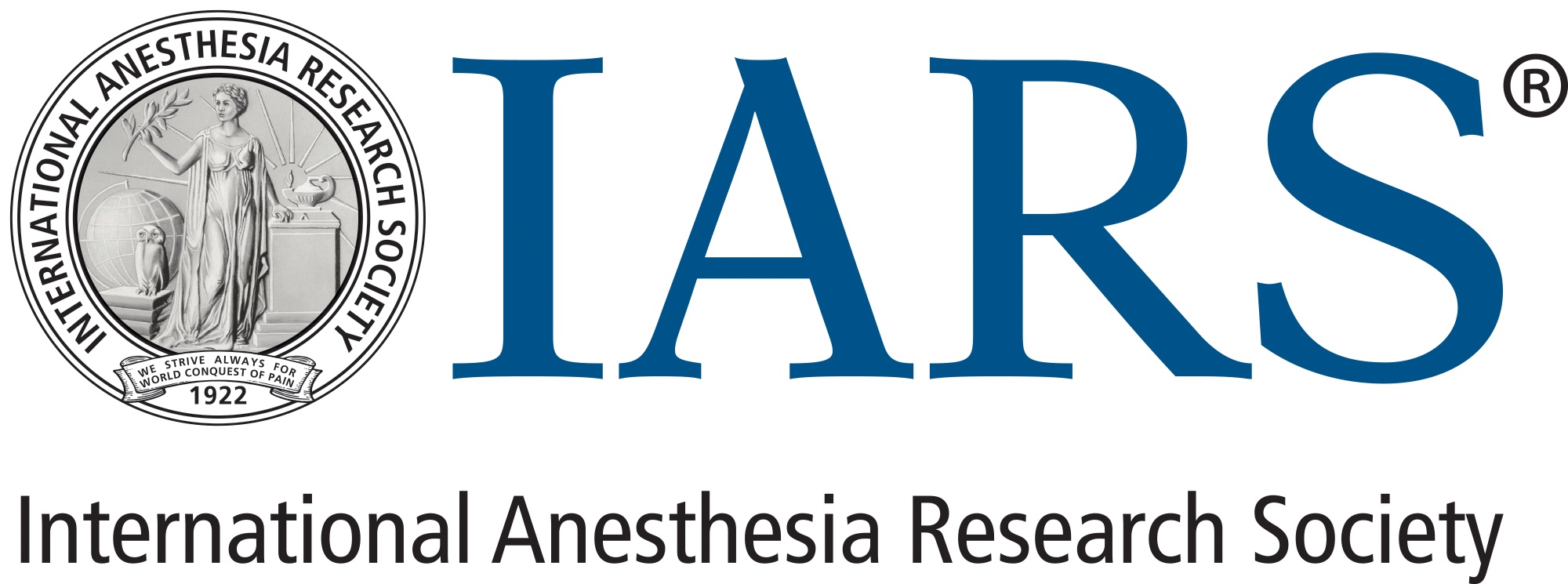 Catherine Duclos, PhD
Catherine Duclos, PhD
Postdoctoral Fellow
The Research Institute of the McGill University Health Centre
Montreal, Québec, Canada
Dr. Duclos’s Research
Using anesthesia to predict recovery from disorders of consciousness
Loss of consciousness in response to anesthesia is accompanied by specific patterns of brain network reconfiguration. In patients with disorders of consciousness (DOC), who are unable to respond reliably to commands, the presence or absence of these anesthetic-induced reconfiguration patterns may reveal the patient’s underlying capacity for consciousness. Anesthesia may therefore be key to the development of an accurate prognostic measure for acute unresponsive patients. The current study aims to test the accuracy of an entirely new metric for the prognostication of consciousness recovery in coma and DOC – the Adaptive Reconfiguration Index (ARI), which quantifies brain network reconfiguration in response to propofol anesthesia, using high-density (128-channel) electroencephalography (EEG) – and to translate the ARI to a clinical-grade EEG system. Unlike other prognostic measures that rely on global or event-related brain signals, the ARI focuses on resting-state brain signals that are attenuated by the effects of general anesthesia, which putatively include those associated with conscious awareness. Our team has developed a novel within-subject paradigm that assesses brain networks and responses of patients with DOC using themselves as their own controls. The proposed study is both novel and paradigm-shifting, because it introduces anesthesia as a neuromodulation technique to predict consciousness recovery in unresponsive patients in coma and DOC. Indeed, it will test the hypothesis that the brain’s response to propofol can be a marker of potential for consciousness. This study has the potential to situate anesthesia as a prognostic tool for acute care and neurological patients, and to provide healthcare teams with a novel approach to refine patient prognosis. Establishing an accurate prognosis for recovery has major implications for patient treatment decisions, caregivers, and the healthcare system.
Related Publications
Brain Responses to Propofol in Advance of Recovery from Coma and Disorders of Consciousness: A Preliminary Study
Catherine Duclos, et al.
Rationale: Predicting recovery of consciousness in unresponsive, brain-injured individuals has crucial implications for clinical decision-making. Propofol induces distinctive brain network reconfiguration in the healthy brain as it loses consciousness. In patients with disorders of consciousness, the brain network’s reconfiguration to propofol may reveal the patient’s underlying capacity for consciousness. Objectives: To design and test a new metric for the prognostication of consciousness recovery in disorders of consciousness. Methods: Using a within-subject design, researchers conducted an anesthetic protocol with concomitant high-density EEG in 12 patients with a disorder of consciousness after a brain injury. They quantified the reconfiguration of EEG network hubs and directed functional connectivity before, during, and after propofol exposure and obtained an index of propofol-induced network reconfiguration: the adaptive reconfiguration index. Comparisons of the index of patients who recovered consciousness 3 months after EEG (n = 3) to that of patients who did not recover or remained in a chronic disorder of consciousness (n = 7) were made a logistic regression to assess prognostic accuracy was conducted.
Paradoxical markers of conscious levels: Effects of Propofol on Patients in Disorders of Consciousness
Charlotte Maschke, Catherine Duclos, Stefanie Blain-Moraes
Human consciousness is widely understood to be underpinned by rich and diverse functional networks, whose breakdown results in unconsciousness. Candidate neural correlates of anesthetic-induced unconsciousness include: (1) disrupted frontoparietal functional connectivity; (2) disrupted brain network hubs; and (3) reduced spatiotemporal complexity. However, emerging counterexamples have revealed that these markers may appear outside of the state they are associated with, challenging both their inclusion as markers of conscious level, and the theories of consciousness that rely on their evidence. In this study, researchers present a case series of three individuals in disorders of consciousness (DOC) who exhibit paradoxical brain responses to exposure to anesthesia. High-density electroencephalographic data were recorded from three patients with unresponsive wakefulness syndrome (UWS) while they underwent a protocol of propofol anesthesia with a targeted effect site concentration of 2 μg/ml. Network hubs and directionality of functional connectivity in the alpha frequency band (8–13 Hz), were estimated using the weighted phase lag index (wPLI) and directed phase lag index (dPLI). The spatiotemporal signal complexity was estimated using three types of Lempel-Ziv complexity (LZC). Results illustrate that exposure to propofol anesthesia can paradoxically result in: (1) increased frontoparietal feedback-dominant connectivity; (2) posterior network hubs; and (3) increased spatiotemporal complexity. The case examples presented in this paper challenge the role of functional connectivity and spatiotemporal complexity in theories of consciousness and for the clinical evaluation of levels of human consciousness.
Aperiodic brain activity and response to anesthesia vary in disorders of consciousness
Charlotte Maschke, Catherine Duclos, Adrian M Owen, Karim Jerbi, Stefanie Blain-Moraes
In the human electroencephalogram (EEG), oscillatory power co-exist with non-oscillatory, aperiodic activity. Although EEG analysis has traditionally focused exclusively on oscillatory power, recent investigations have shown that the aperiodic EEG component can distinguish conscious wakefulness from sleep and anesthetic-induced unconsciousness. This study investigates the aperiodic EEG component of individuals in a disorder of consciousness (DOC); how it changes in response to exposure to anesthesia; and how it relates to the brain’s information richness and criticality. High-density EEG was recorded from 43 individuals in a DOC, with 16 of these individuals undergoing a protocol of propofol anesthesia. The aperiodic component was defined by the spectral slope of the power spectral density. Results demonstrated that the EEG aperiodic component is more informative about the participants’ level of consciousness than the oscillatory component, especially for patients that suffered from a stroke. Importantly, the pharmacologically induced change in the spectral slope from 30 to 45 Hz positively correlated with individual’s pre-anesthetic level of consciousness. The pharmacologically induced loss of information-richness and criticality was associated with individual’s pre-anesthetic aperiodic component. During exposure to anesthesia, the aperiodic component distinguished individuals with DOC, according to their 3-month recovery status. The aperiodic EEG component has been historically neglected; this research highlights the necessity of considering this measure for the assessment of individuals in DOC and future research that seeks to understand the neurophysiological underpinnings of consciousness.
International Anesthesia Research Society
